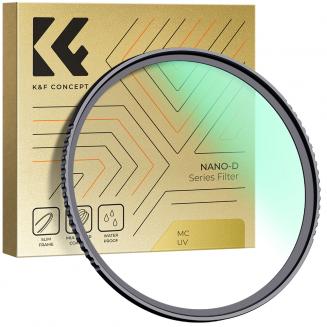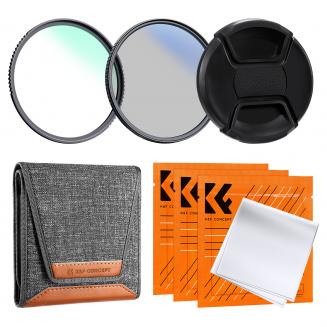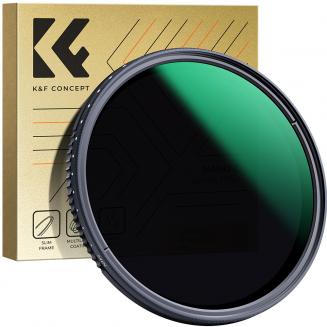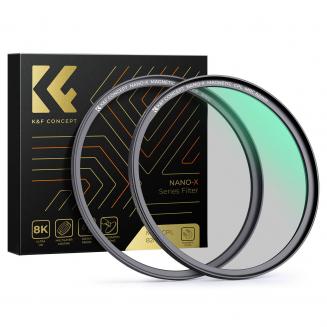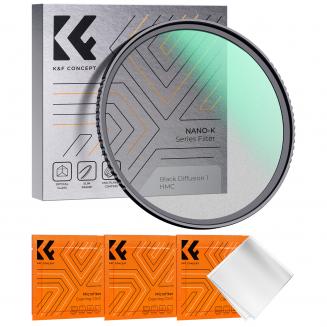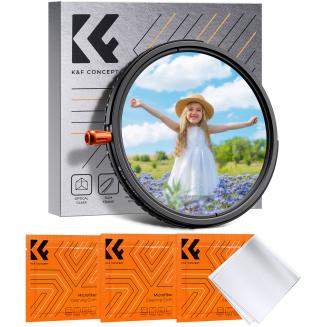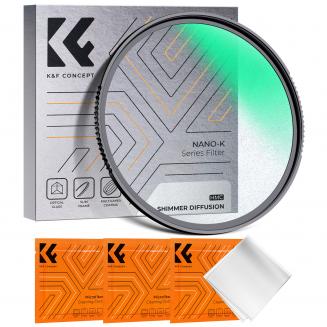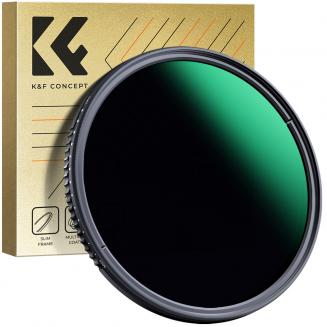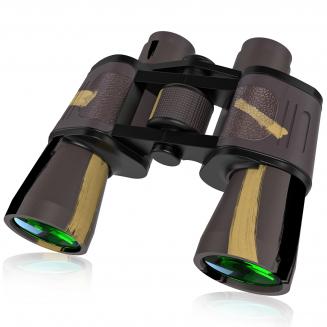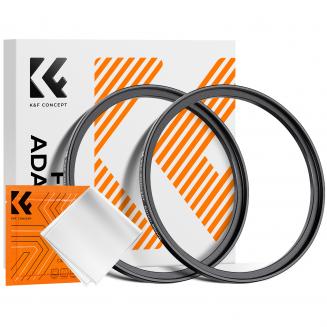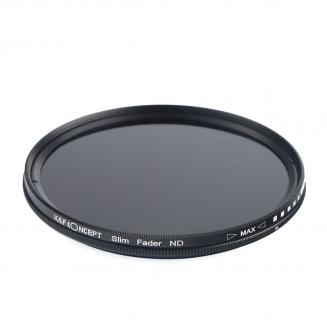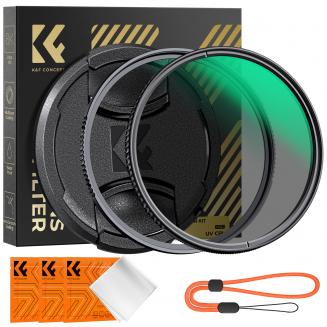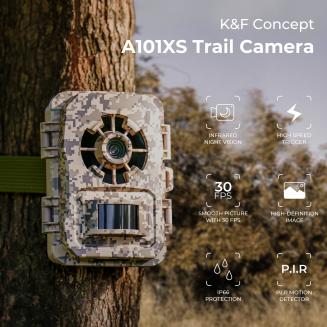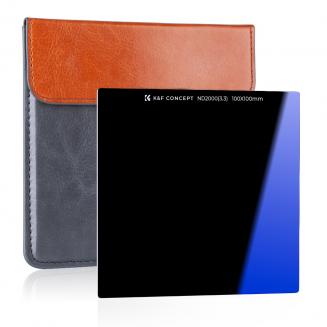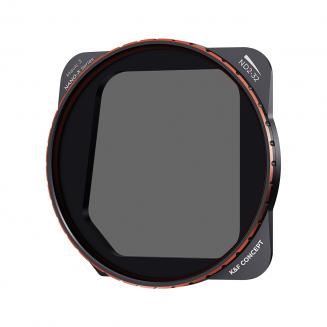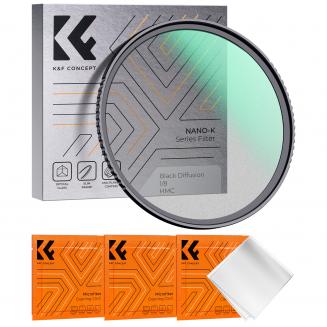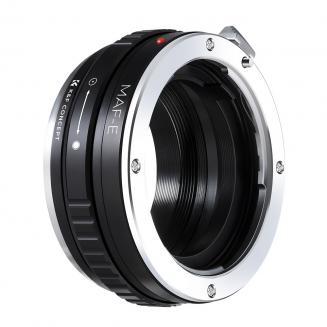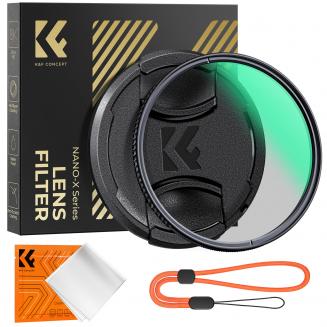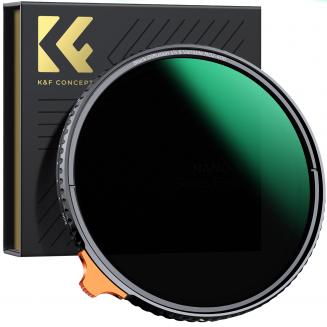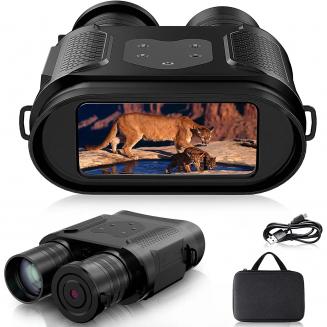Superb Gaming and Excellent All-Around Projector
I was waiting for the UHZ50 to become available to purchase for several months, and when it was finally release I quickly picked one up. I didn't get it on Amazon but from another shop so I could avoid the idiotic sales tax. Anyway, I will give you my thoughts on this projector so you can decide whether or not to get one.Brightness------------------------------The UHZ50 has a laser light source and does indeed output it's full 3,000 ansi lumens, if not a bit more. Don't worry about the projector being too bright; in most rooms you will be able to run it on Eco mode and enjoy more than enough light for even the largest screens.Picture Quality - On Wall------------------------------If you have a light-colored wall, perhaps a shade of white to light grey, you can have a very good projection as long as ambient light is under control. The drawback of projecting onto a wall is that because of the brightness, the projector itself will light up the room and the reflected light can wash out the picture. This obviously depends on whether or not your other walls, floors, and ceilings are light or dark in color. I never intended to project onto a wall; I was always planning to use a screen, but I did try it just to see what it was like and yes, the screen is a must. Without it you're leaving a lot of image quality on the table that you're paying for.Picture Quality - On Screen------------------------------Now here is where things get awesome: I have an Elite Screens 120" diagnol with the CineGrey3D material and it is a literal night-and-day difference projecting in the same room onto the screen vs the wall. Suffice it to say that the CineGrey3D screen combined with the UHZ50 will look nearly indistinguishable from a OLED TV. The particular screen I chose has a special coating that prevents ambient light from being reflected, thus only light that hits the screen at a sharp angle of around 30 degrees will be reflected. This effect called ALR (Ambient Light Rejection) combined with the grey color means that even in a brightly colored room like mine, the light does not bounce all over the room and wash out the image - it remains clear, with full contrast (black blacks and colors that pop). Strongly recommend that you include a screen like this with your purchase.Motion Quality------------------------------Since I never had a DLP anything before I was slightly concerned about experiencing the "rainbow effect". This seems to be a thing that only some people notice, because of the way DLP uses color wheels to produce color you can see rainbow streaks in certain scenes. For me, not a problem. I have not seen this yet.4K (2160p) and 2K (1080p)------------------------------The UHZ50 is capable of a true 2160p @ 60 Hz image with 8 million individual pixels, and the detail is incredible at 4K. It also has HDMI 2.0 which support HDR an 4:4:4 color. The UHZ50 also does 1080p at up to 240 Hz refresh. While 4K is obviously better in terms of raw detail and presence, 2K content is far from bad... so don't let a lack of quality 4K material dissuade you. On my 120" screen 1080p images are pefectly sharp and "pixel" density is imperceptible.Gaming Performance------------------------------The UHZ50 is marketed as a gaming projector, which is fine, but to me that's selling it short. This projector is awesome at everything. Only the most snobbish buttpluggers are going to nitpick some imagined shortcoming so they can elevate what they already have as being better in some way. Maybe it is, I don't know, but I can say that with projectors you would rarely get below 30 ms input lag. The UHZ60 can get input lag down to 4 ms when playing 1080p @ 240 Hz (achieved by connecting a PC; I think the PS5 will be able to do 1080p @ 120 Hz for certain games). At the standard 60 Hz refresh you are looking at 16 ms which is fine for all games, and it's just as quick at 4K.Motion Resolution------------------------------One thing that took my by surprise is the smooth and fluid motion that DLP produce. It beats LCD by a long shot and even outclasses plasmas. Fast-paced scenes on movies or shows do not become a blurry mess as they do on LCD, nor is there any stutter effect. I've played through my PS4 collection and they look substantially better on the UHZ50 than they did on my old Pioneer Kuro plasma (which was and continues to this day to be the best plasma TV ever made). Plasma TVs have superior motion resolution to LCDs of any kind, but a DLP projector has them all beat. As for OLED, while they are capable of high refresh rates they still fail to produce smooth, natural motion without relying on interpolation features to "smooth out" image display.Operating Noise------------------------------I am pleased to say that the UHZ50 is effectively inaudible. It does make some fan noise but not enough that would disrupt playing a game or watching a movie. In fact, I have mine mounted about 7 feet above my seating position and not once has its fan noise interfered with the soundtrack.Is OLED Better?------------------------------No, but if you are the type who is in front of the TV during the day or in a brightly-lit room then a projector may not work for you. OLED does indeed produce "technically" superior images, which means that if you measure the colors and black levels you'll get better stats... but when viewed in a dark room your eyes adjust and you will not be missing anything that makes the OLED compromises and cost worth dealing with. That's my opinion, of course, and yes I did consider an LG C1 OLED before deciding on the projector.Important Considerations------------------------------If you opt to follow my suggestion to get an ALR screen like the CineGrey3D from Elite Screens, you will need to maintain a throw ratio of 1.5. The throw ratio explains the projected image width in relation to the distane that the projector is from the screen. A 1.5 throw means that for every 1.5 feet the projector is away from the screen, you will have 1 foot of projected image width. If you want a 120" screen it is about 9 feet wide. A 1.5 throw means the projector's lens is 9 x 1.5 = 13.5 feet away from the screen. The body of the projector and the distance from the rear wall (if any) have to be considered. The reason for this is that with ALR screens you want the projected image to be hitting the screen at 30 degrees or less.Conclusion------------------------------Don't be one of those people who lurks on internet forums where people with no life nitpick everything and exaggerate flaws to make themselves feel special and important. These people are generally fools and may mislead you into thinking there is something wrong with your decision. If you want a projector and you want one that does just about everything well, the UHZ50 is your ticket. It's priced right and even if you factor in $600 for a good screen it's still a better deal than the largest equivalent TV. In fact, I don't know of any 120" TVs of any kind that are under $4,000. I have enjoyed my Pioneer Kuro for many years, over 12 years since I got it brand new. It still works fine; but the UHZ50 is just better in every way. With the UHZ50 beaming onto a quality ALR screen, even a room with little or no control over ambient light is not a problem: you will still get a picture that looks like it's a TV.

